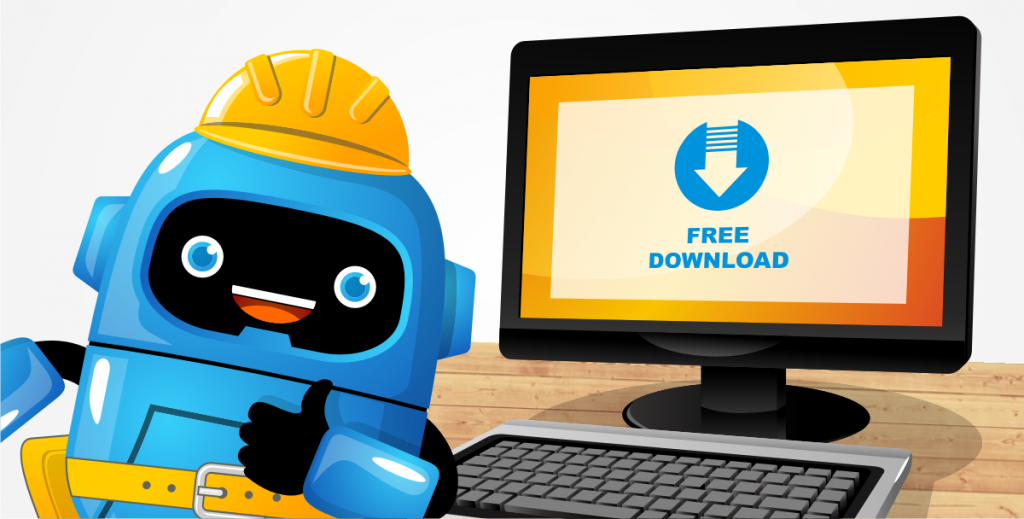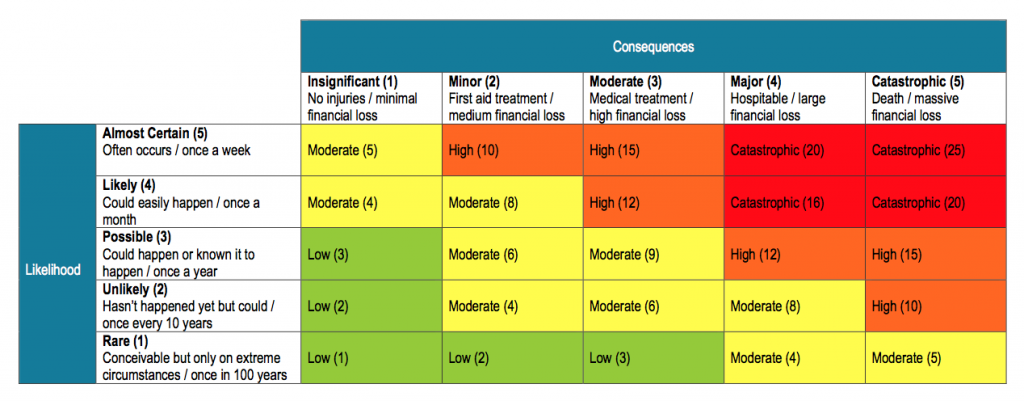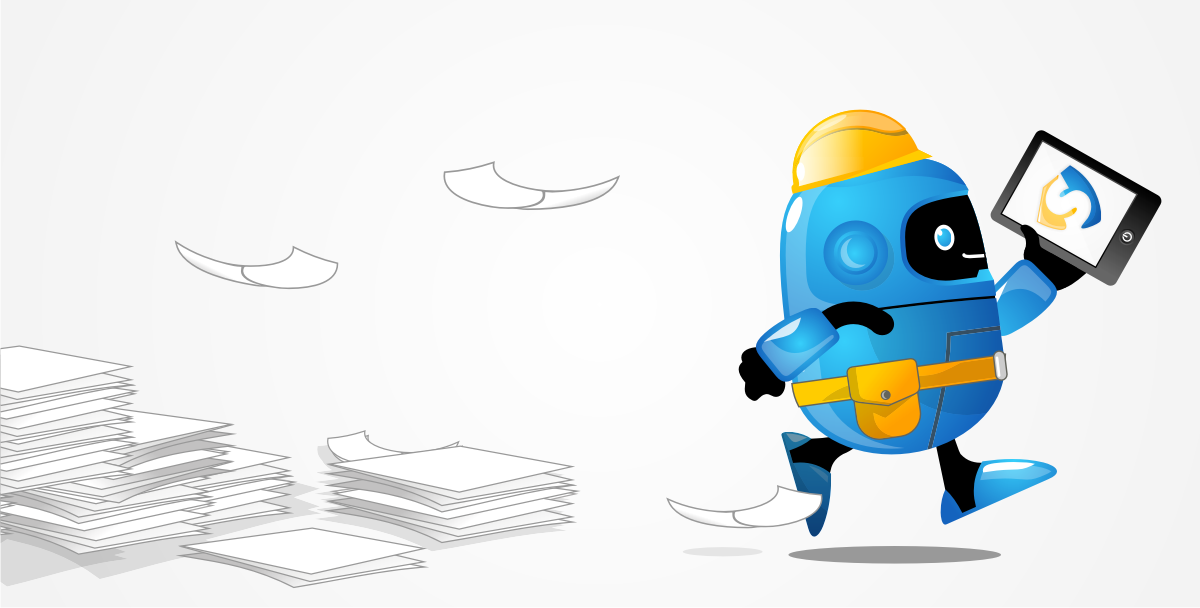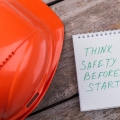How a Simple Process Drives Safety Compliance
Safety management systems have come a long way in the last 250 years. Just think back to workplace conditions during the Industrial Revolution – almost no pay, child labour, very long hours, and extremely dangerous work conditions with exposure to chemicals, accident-prone machinery, and no WHS requirements whatsoever.
But this has changed over the years. Legal reforms and acts were introduced – the Factory Act, the Employer’s Liability Act, and finally, the 1974 Health and Safety at Work Act. This legal document became the foundation for workplace health and safety processes in the UK and the rest of the world. And it led to the increasingly more complex safety processes we have today.
The core purpose of WHS is to keep people safe. Simple. With the increasing complexity of requirements and standards, Business owners, project managers and safety officers alike have to be careful of falling into the trap of using compliance to document requirements like the SWMS as their main measure of WHS compliance. This article looks at why adhering to document requirements is a poor standalone indicator of compliance. We also suggest how a simple safety process drives the success of your WHS compliance.
Documents are Symbols of a Process
Safety isn’t symbolic. It is real and should be treated in the real world, not on a document. Safety management systems do involve documents, but they symbolise a process. For example, a SWMS is a safety planning tool that identifies the risks of high risk construction work and the actions taken to manage those risks. It symbolises the process you are going to take when dealing with the risks and making sure your workplace and its workers are safe from those risks. When it’s under the (judges) hammer, the process symbolised (documented) matters most – not the symbol or the document itself.
Downloading a generic template for your SWMS, JSA, or any other safety document is like taking the symbol without taking the process it represents. And that defeats the whole point of your safety management system and its documents. To comply with WHS requirements, you should be focusing on the processes required to keep your workplace and its workers safe – not just on the documents themselves.
WHS audits look at whether you have followed an effective process that actively reduces the risks in your workplace. They care about if you have actually provided a safe work environment. Not simply whether you have ticked the box of completing a piece of paperwork.
In 2013, The Supreme Court Qld in a case against a QLD construction company for the death of two workers cited:
“work practices focused too much on the work performed onsite and did not pay adequate attention to the dangers presented by the conditions of the site itself”
In other words, not considering risks on the ground, in the real world can have significant impacts when taken to the extremes. Focussing too hard on the details of the tasks to be completed can lead to ignoring all the risks that are actively present
What you focus on matters. And if you want to pass your WHS audit and actually keep your workers safe, then it’s time to focus on the safety management process behind the symbols and documents.
But I still go through a process when filling in a template?
Safety management systems aren’t just about the symbols. They’re about the processes behind them. But you may be wondering – isn’t downloading a generic template still technically a process? Sure. But think about this. What process is more effective at satisfying the Work Health and Safety Act requirement to provide a safe work environment? Is it:
- Find a generic SWMS template on Google, Officeworks or other source
- Complete the boxes provided by the template as best as you can
- Gather up or seek out workers individually and gather signatures
- Store it onsite until the work is done
- Transferring the document to a folder in your office when you are done with the site
Or:
- Identify a the risks onsite, in person
- Build a new SWMS or modify the existing version to cover all task & site-specific risks that are present. Pushed to everyone to sign.
- Monitor how measures are being implemented while work is being completed with real time automated risk rating notifications
- Review by anyone relevant once the work has been completed
- Automatic document storage once complete for any future audits, follow-ups, or learning
From a legal standpoint, the second option is better,
The very purpose of developing a SWMS is to ensure that employers and workers have taken the time to identify the high-risk tasks to be done on site. And then, it is to develop measures to manage these risks and tasks in the context of the work being done. The very nature of a SWMS is that it is specific. It is created specifically in response to a specific site, specific tasks, and specific risks. A generic templated SWMS will not meet the intention behind WHS requirements. Instead, it will defeat the real power of the SWMS and even take away from your safety management.
As WorkSafe Victoria explains, “our concern is not what is written but what actually happens”. A generic SWMS is a symbol of safety that only provides guidance. To focus on the process and comply with WHS requirements, your SWMS and other safety documents need to be customised. It is the second process that is more likely to pass a WHS audit because it demonstrates an active approach to creating a safe work environment. And it is the first process that will get a much more severe punishment when a safety incident does happen, even though both processes are represented by the same type of document.
How to Prioritize the Process
The simplest way to boost the effectiveness of your safety process is to use a digital safety platform like SafeWorkPro. While you can do your safety management physically or digitally, doing it digitally is what will make the difference. Why?
Safety management software simplifies your safety management. Turning a complex process into a simple, easy to understand workflow that allows for an easier way to assess, mitigate, monitor and review workplace risks of all nature. It makes sure that your safety management system is customised, comprehensive, and lets you focus on the process. Leave the document creation, distribution and storage to the software. With safety management software, you can seamlessly customise, prioritise, and ensure your safety management system and its processes exceed WHS regulations.
SafeWorkPro is the Australian safety management software that can make sure your workplace prioritises the process over the symbols.
- Customise your SWMS, JSA, or other safety documents specifically to your worksite using our flexible document builder
- Make sure your specific workplace risks are managed and your workers are safe
- Ensure your company truly complies with WHS requirements
Do all of this seamlessly and in one place with the SafeWorkPro platform. Click the button below to find out more.
More From The SafeWorkPro Blog
Risk Assessment and Method Statement Free Template Download
In military speak, safe work method statements (SWMS) combined with risk assessments can be like enfilade fire from a defilade position. Pretty awesome if you can achieve them. SWMS are used to instruct safety procedures for known work place hazards and risks in construction. Risk assessments are used for identifying risks in the workplace and and can be used when a SWMS may not have been developed yet. We have some risk assessment and method statement free template downloads over here or you could read up some more on free swms templates.

Like all workers, soldiers are constantly balancing their risk between safety and productivity. Thats why enfilade fire from a defilade position is so inviting. This is the ultimate situation for a soldier to be in as enfilade fire means you have exposed the enemy along their longest access while being in a defilade position where the enemy cannot fire upon you. This minimises the risk of the solider being injured or killed while inflicting maximum damage to the enemy. Military tactics can be used in many contexts.
A construction worker faces life and death everyday as well though not to the same extreme as a solider. However, in Australia 186 workers were killed in 2013. Thats a sobering thought and emphasises why safety is so important. As convoluted as legislation can be it cannot be denied that safety is important. On one hand, if we swung the safetyodromitor completely towards being safe we could possibly lose productivity, or if the safetyodromitor was all about productivity we could compromise safety. The wise man says that it has to be somewhere in between or the intelligent man says we can do both.
The tool we have developed here at SafeWorkPro was born out of years of frustration with a paper-based process that compromised both safety and productivity. Cole Contracting has just made the finalists list for the Queensland Safe Work Awards 2014! Our tool streamlines the risk assessment and SWMS process by making it available on many devices like iOS and Android phones. It gets workers on the job quicker, safer, and compliant while making improvements to both safety and productivity.
Risk Assessment Matrix Template
Having a hard time understanding what a risk assessment matrix template is? Don’t worry you are not the only one confused, but getting a grip on the OHS risk assessment matrix is a central part of any health and safety program. All you need is an example of risk assessment matrix. This risk assessment matrix template is set up with the likelihood of a risk occurring on one side and the consequence involved on the other. The severity of each factor is given a number and when multiplied together, the value of the total risk involved is estimated. This isn’t to say that the safety risk assessment matrix is perfect. In fact it is considered to be overly broad in definition but that’s where a software solution may be helpful. In the meantime check out our matrix template below to get started.

How to improve your risk assessment & management

According to How to Manage Work Health and Safety Risks on Safe Work Australia there are 4 key factors involved in managing risks. The list of responsibilities to conduct proper risk management includes; management commitment, a step-by-step process, consulting your workers and consulting, co-operating and co-ordinating activities with other duty holders.
Management commitment is about demonstrating to your employees your investment in creating a safe working environment for high risk construction work. This task should be easy to fulfill when using SafeWorkPro as workers can easily access any procedures or documents you create as soon as you have published them. In doing this you are instantaneously able to communicate new or changes of safety standards to your workers. Additionally, the dashboard of the application offers statistics to demonstrate key indicators of safety performance on your site.
As a site manager it is also your duty to create a step-by-step process for risk management. The risk assessment planning process of identifying, assessing, controlling and reviewing measures is easy with our software. You can create new workplace risk assessments for your particular job or worksite using our document builder or alternatively fill out a questionnaire to complete a safety document from one of our free SWMS templates.
The final responsibilities to manage involves ensuring effective communication lines between both you and your workers, as well as you and other duty holders. As workers create safety documents, they are sent directly to the database where all admin users may have access to them. Our application also has a push notification feature to alert admin users of workers completing safety documents with high risk ratings creating risk assessment hazards. Our key to improving your consulting, co-operating and communication lies in using technology to share data on work safety.





